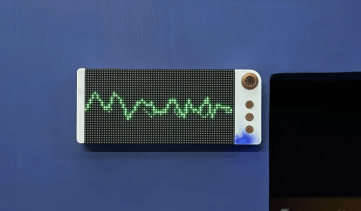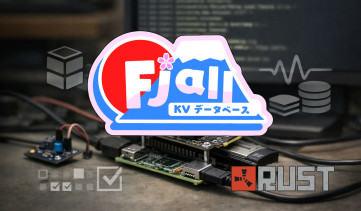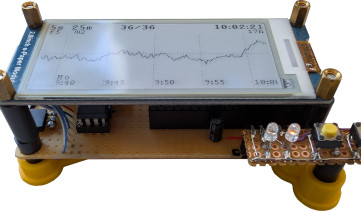Introducing the Raspberry Pi 5
The speedy Raspberry Pi 5 single-board computer is a must-have for every professional engineer, maker, and student. Whether you want to construct a desktop computer, install a home automation solution, or build and deploy a smart robot, the Raspberry Pi 5 is the perfect starting point.
Compared to its popular predecessor, the Raspberry Pi 5 features Raspberry Pi silicon and delivers a 2×-to-3× increase in CPU performance. You also benefit from a significant boost in GPU performance and improvements to the camera, display, and USB interfacing.
Videos
Raspberry Pi 5 vs.
Raspberry Pi 4
What is the difference between the Raspberry Pi 5 and the Raspberry Pi 4? Up to three times as fast as its popular predecessor, the impressive Raspberry Pi 5 packs many new components on the same-sized circuit board. The desktop-class computer supports double cameras and displays, it has a Raspberry Pi connector for PCIe, it includes a real-time clock, and much more. Q&A

| Raspberry Pi 4 | Raspberry Pi 5 | |
| Processor | ARM Cortex-A72, 4-core | ARM Cortex-A76, 4-core |
| CPU clock | 1.8 GHz | 2.4 GHz |
| Instruction set | ARMv8-A | ARMv8.2 |
| CPU cores | 4 | 4 |
| SDRAM capacity | 1 GB, 2GB, 4GB, 8 GB | 1 GB, 2 GB, 4 GB, 8 GB |
| L2 Cache | 1 MB (shared) | 2 MB (512 KB for each core) |
| L3 Cache | none | 2 MB (shared) |
| MicroSD mode | SDR50 (50 MB/s bus max.) | SDR104 (104 MB/s bus max.) |
| PCIe | none | 1x 2.0 |
Raspberry Pi 5 Specifications
Ready to start brainstorming exciting new applications? Familiarize yourself with Raspberry Pi 5’s specs and key features
- 2.4GHz quad-core, 64-bit Arm Cortex-A76 CPU, with 512KB L2 caches and a 2MB shared L3 cache
- VideoCore VII GPU
- LPDDR4X-4267 SDRAM (4GB and 8GB SKUs available at launch)
- 2.4 GHz and 5.0 GHz 802.11ac Wi-Fi
- Bluetooth 5.0 / Bluetooth Low Energy (BLE)
- Micro SD card slot, with support for high-speed SDR104 mode
- 2 × USB 3.0 ports, supporting simultaneous 5Gbps operation
- 2 × USB 2.0 ports
- Gigabit Ethernet, with PoE+ support (requires PoE+ HAT)
- 2 × 4 lane MIPI camera/display transceivers
- PCIe 2.0 x1 interface for fast peripherals
- 5V/5A DC power (PD enabled)
- Raspberry Pi standard 40-pin header
- Real-Time Clock (RTC), powered from external battery
- On-board power button









